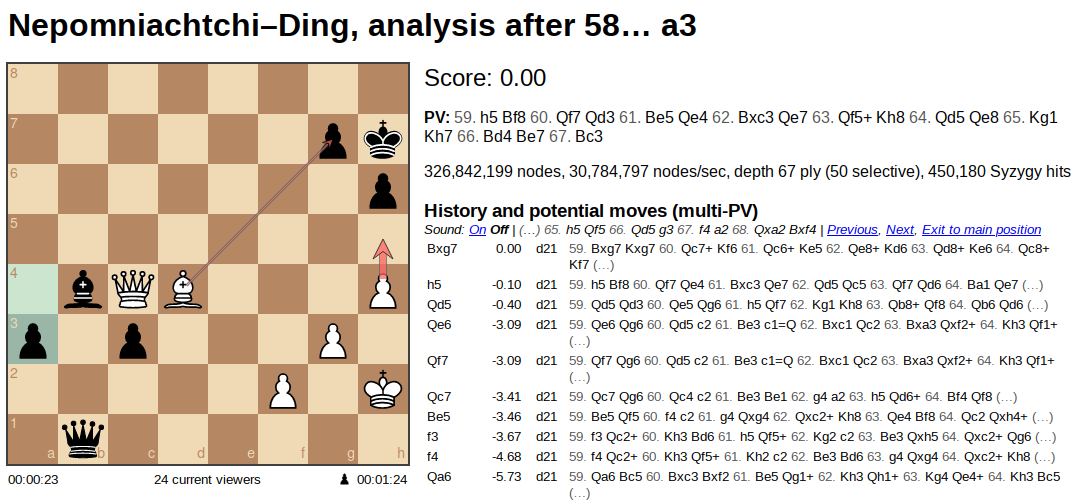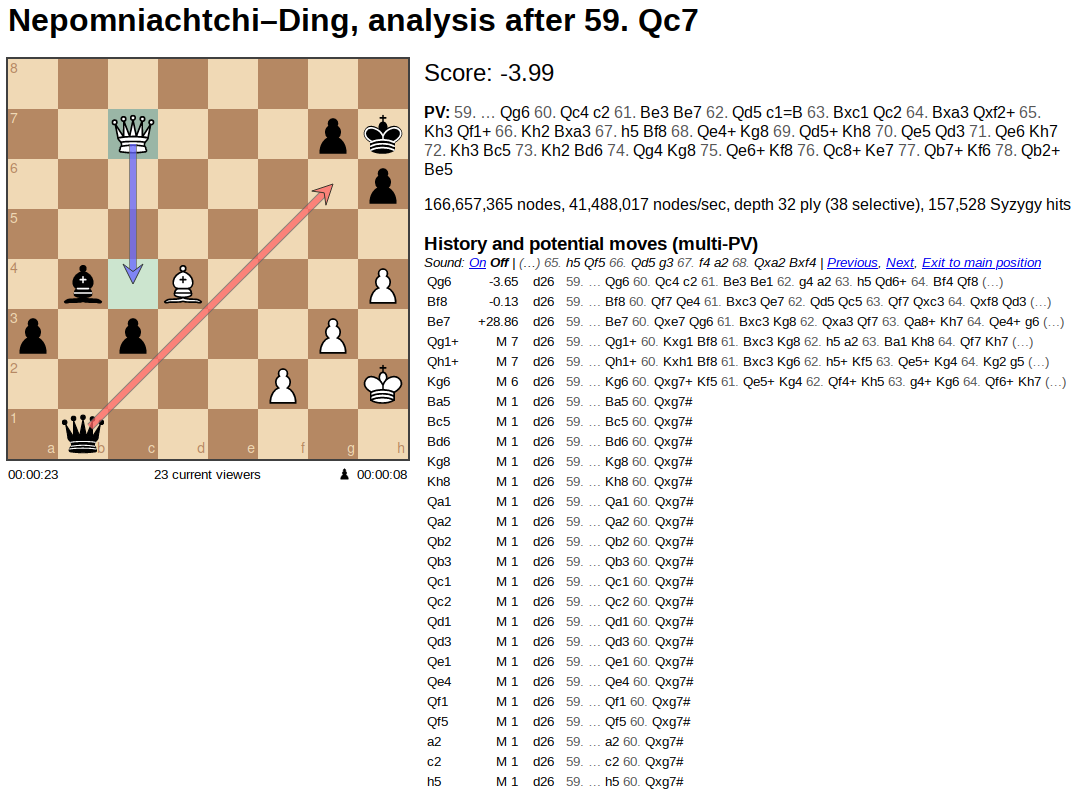Mark Dominus (陶敏修)
mjd@pobox.com

Archive:
| 2025: | JFMAMJ |
| JAS | |
| 2024: | JFMAMJ |
| JASOND | |
| 2023: | JFMAMJ |
| JASOND | |
| 2022: | JFMAMJ |
| JASOND | |
| 2021: | JFMAMJ |
| JASOND | |
| 2020: | JFMAMJ |
| JASOND | |
| 2019: | JFMAMJ |
| JASOND | |
| 2018: | JFMAMJ |
| JASOND | |
| 2017: | JFMAMJ |
| JASOND | |
| 2016: | JFMAMJ |
| JASOND | |
| 2015: | JFMAMJ |
| JASOND | |
| 2014: | JFMAMJ |
| JASOND | |
| 2013: | JFMAMJ |
| JASOND | |
| 2012: | JFMAMJ |
| JASOND | |
| 2011: | JFMAMJ |
| JASOND | |
| 2010: | JFMAMJ |
| JASOND | |
| 2009: | JFMAMJ |
| JASOND | |
| 2008: | JFMAMJ |
| JASOND | |
| 2007: | JFMAMJ |
| JASOND | |
| 2006: | JFMAMJ |
| JASOND | |
| 2005: | OND |
Subtopics:
| Mathematics | 245 |
| Programming | 99 |
| Language | 95 |
| Miscellaneous | 75 |
| Book | 50 |
| Tech | 49 |
| Etymology | 35 |
| Haskell | 33 |
| Oops | 30 |
| Unix | 27 |
| Cosmic Call | 25 |
| Math SE | 25 |
| Law | 22 |
| Physics | 21 |
| Perl | 17 |
| Biology | 16 |
| Brain | 15 |
| Calendar | 15 |
| Food | 15 |
Comments disabled
Wed, 17 May 2023
More notes about pain as a game mechanic
In a recent article on rarely-seen game mechanics, I suggested a variation on chess in which a player can force their opponent to retract their last move and play another, by cutting off one of their fingers. This provoked some interesting discussion. First some peripheral matters.
Bloody Knuckles
A couple of people reminded me of the game Bloody Knuckles, a straightforward pain tolerance game in which players take turns pumching one anothers' knuckles until someone gives in.
Slaps
Daniel Wagner also reminded me about the game of Slaps, also called “Red hands”. Wikipedia describes it this way:
One player extends their hands forward, roughly at arm's length, with the palms down. The other player's hands, also roughly at arm's length, are placed, palms up, under the first player's hands. The object of the game is for the second player to slap the back of the first player's hands before the first player can pull them away.
I enjoyed this game when I was younger but as far as I recall we did not play it as a pain tolerance game. For the second player to win it was enough to touch the first player's hands lightly. The first player's hands are held in the air, so there is a firm limit on how much damage the second player would be able to do.
PainStation
Rik Signes mentioned PainStation, a combination arcade game and conceptual art piece that can be found in the Computerspielemuseum (Computer Games Museum) in Berlin.
PainStation is a game of Pong whose interface incorporates a “pain execution unit” for each player that can deliver electric shocks, high heat, or strikes from a small wire whip. A player who removes their hand from the pain execution unit loses immediately.
Hot Dog Cold Dog
Jeb Boniakowski told me about a curious game they played on long winter trips in the car. First there is a “Cold Dog” round: the heat is turned off and the windows opened until one of the travelers gives up. Then there is a “Hot Dog” round: the windows are rolled up and the heat is turned on full blast until someone else gives up. Rounds continue to alternate until the car arrives at its destination, or everyone barfs, I suppose.
Finger-cutting in Chess
I wasn't sure this would be an actually useful option, but Hacker
News user fwlr persuaded
me that it would be. They have kindly given me permission to
republish their HN comment:
A lot of fantastic chess moments are about one player finding the only move that’s good, and high level chess is largely about creating these incredibly tense board positions where there are a lot of possible moves but only a few are safe. For example, Sesse’s analysis of the last [18th] championship game (can’t link to a specific move, use the bar chart or the Previous/Next hyperlinks to go to “analysis after 58… a3”).
This is 50+ moves into a fast paced game and according to supercomputer analysis it is a perfectly tied position. There are two possible moves that keep the game tied or close to tied [Bxg7, h4], and one more possible move [Qd5] that only gives up a very slight advantage (0.5 points is roughly “half a pawn’s value” and is close to the limit of what a human player can confidently detect, this moves gives four tenths of a pawn). Every other move gives up 3 points or more (roughly a full piece, like a bishop) — not always immediately, maybe five or ten moves down the track.
[Nepomniachtchi], playing white, makes one of those “bad” moves (Qc7), theoretically losing the equivalent of almost four whole pawns, a terrible blunder in the eyes of the all-seeing computer. But use the ‘Next’ link to look at the position in “analysis after 59 Qc7”.
There is one move, black Queen to g6, that takes advantage of the “blunder”. There is a second move, black Bishop to f8, that completely cedes the blunder and returns to a mostly-tied position. The third best possible move loses 32 points (going from -4 to +28…). Then there’s two dozen more possible moves, all of which literally lose the game on the spot. [‘M 6’ means that black can force mate in six moves; ‘M 1’ means that black can mate on the next move.]
So to recap: one move gets your opponent ahead, one move keeps him tied, and twenty-four moves lose him the entire game. Being able to cut off your finger to undo and prevent that one good move would change the entire dynamic from “a terrible blunder” to “a bold stroke of pure brilliance”.
In fact Ding did reply with 59…Qg6, the one move that took advantage of the blunder. He won the game, and with it, the world championship. Had Nepomniachtchi cut off a finger at that point, things might have gone differently. (Although his clock had only 23 seconds left, not much time for finger-chopping. Tough to say.)
It's unfortunate that the beautiful analysis page that fwlr links to
is so unsuitable. (For one thing, we can't link directly to the part
of interest; for another, the only way for the user to navigate there
is to click a teeny tiny red bar that is in a cluster of similar bars;
for another, it seems likely that the analysis will not remain at its
current URL. This is why I included screenshots, which are differently
unsatisfctory. If anyone knows of a link target without these
drawbacks, please let me know.
[Other articles in category /games] permanent link




